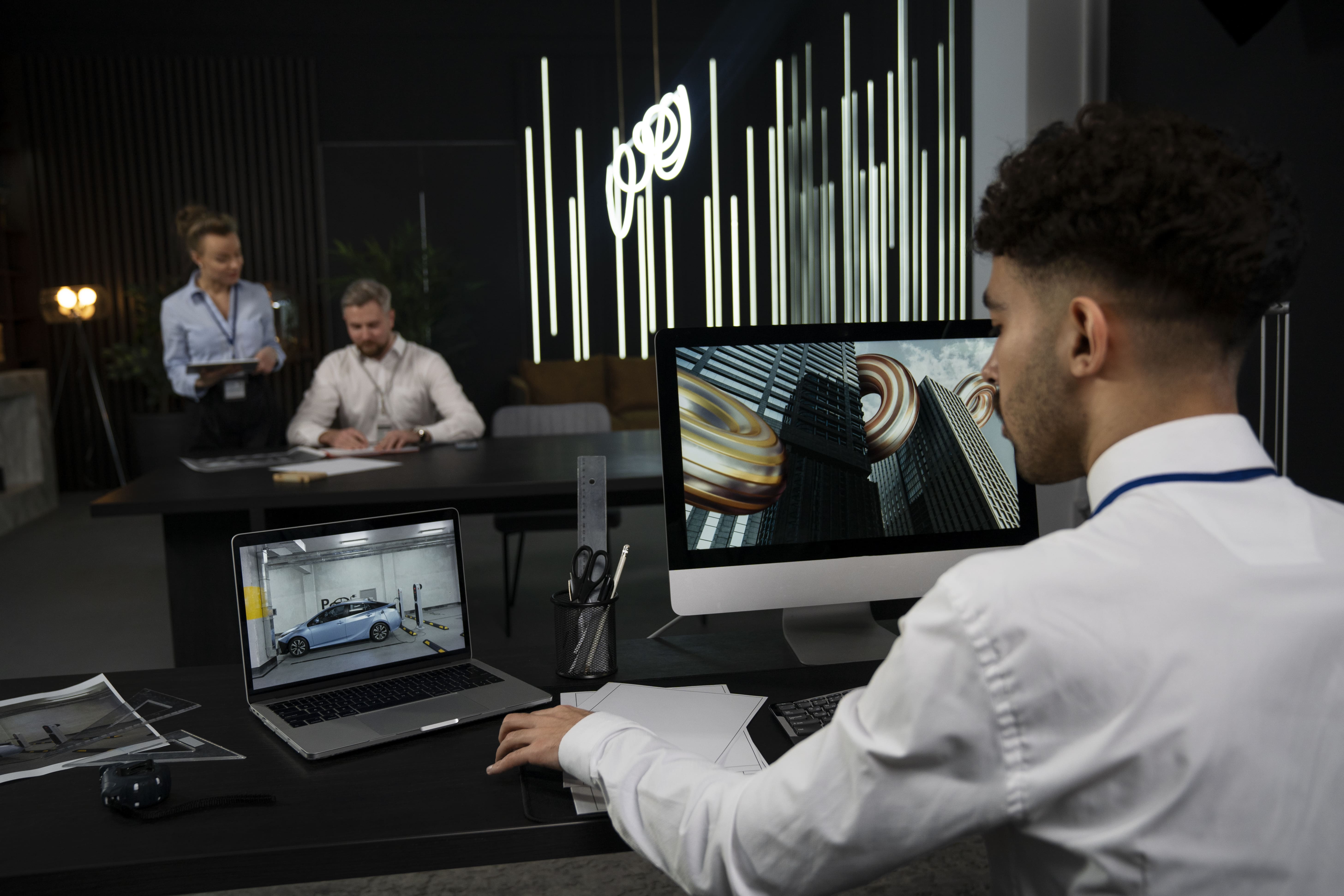-min.jpg)
In 2025, physical security will not resemble the use of separate guards, but rather integrative teams utilizing data, automation, and advanced technology. Several aspects need to be identified to enable security planners, facility managers, and decision-makers to make informed decisions regarding the use of technology. Here, you can have guidelines on the visible changes, viable gains, and critical considerations to organizations when updating their systems.
Smarter Detection and Faster Response
Edge devices, sensors, and bonded cameras help minimize response time and false alarms. Machine learning will enhance the detection of anomalies, enabling teams to be notified of high-level problems rather than noise.
The Human Plus Machine Partnership
Technology aids human judgment and does not substitute. Decisions made by trained officers employing real-time feeds and analytics are of a higher quality. For many facilities, blending digital tools with experienced personnel delivers reliable coverage. Companies such as American Frontline Guards often emphasize this integrated approach. The particular roles range from Armed Security Guards to specialists who service corporate campuses.
Key Technologies Shaping the Physical Security Field
Several notable tools are available. AI security systems enable predictive monitoring, biometric access control streamlines secure entry, and robotics in security extend surveillance reach. Generally speaking, these trends in security technologies encourage organizations to reconsider their approaches to perimeter and access control, including those that can successfully utilize these technologies, such as Corporate Security Guards. The tools have their positive and negative aspects that should be considered.
Implementation Considerations
New technology for physical security requires policy updates, staff training, and privacy protection. Site-focused teams, such as Parking Security Guards in California, could better integrate the advanced technology and physical assistance. Subscriptions, maintenance, and integration work should be factored into a budget plan. Pilot deployments help identify field gaps before rolling out, while the technical support is key to long-term success. The aim is to develop resilient and scalable systems that maintain human control and enhance efficiency.
Wrap Up Remarks
Physical security in 2025 will be characterized by technology and people working together as partners. By taking sufficient initiatives, powerful policies and training systems are established, which are aligned with current risk scenarios. Phased rollouts, measurable KPIs, and intensive consultation between IT, operations, and security units should be the priority of leaders. It ensures that investments are converted into actual risk reduction and minimize response times to incidents today.
MOSTLY ASKED QUESTIONS ABOUT TECHNOLOGY & PHYSICAL SECURITY
How is AI changing security guard services?
AI provides more intelligent notifications, enhanced pattern recognition, and remote assistance, enabling guards to focus on high-priority cases.
Are drones reliable for patrolling properties?
Drones aid in air checks and provide quick situational awareness. However, its usefulness is affected by weather conditions, policies, and effective operational planning.
What are the benefits of combining tech with human guards?
Integrating technology and people enhances authentication, minimizes the number of false alarms, and leaves the complicated responses to human discretion.
Do advanced security systems replace physical guards?
No. Further systems improve the efficiency of the guards, but they do not entirely replace human presence.
How much does technology-enhanced security cost?
Prices change according to the scale and complexity of the project. They will consist of gadgets, software, installation, and continued training, as specified in the estimate.




